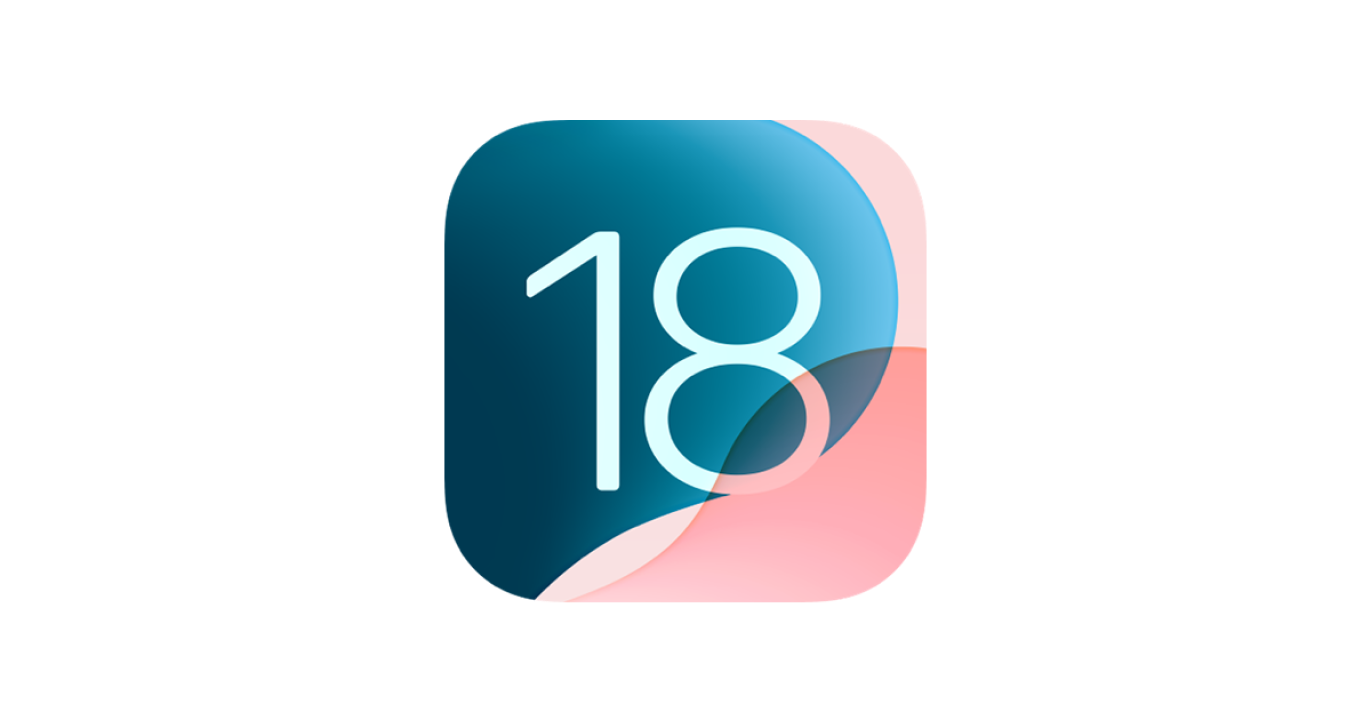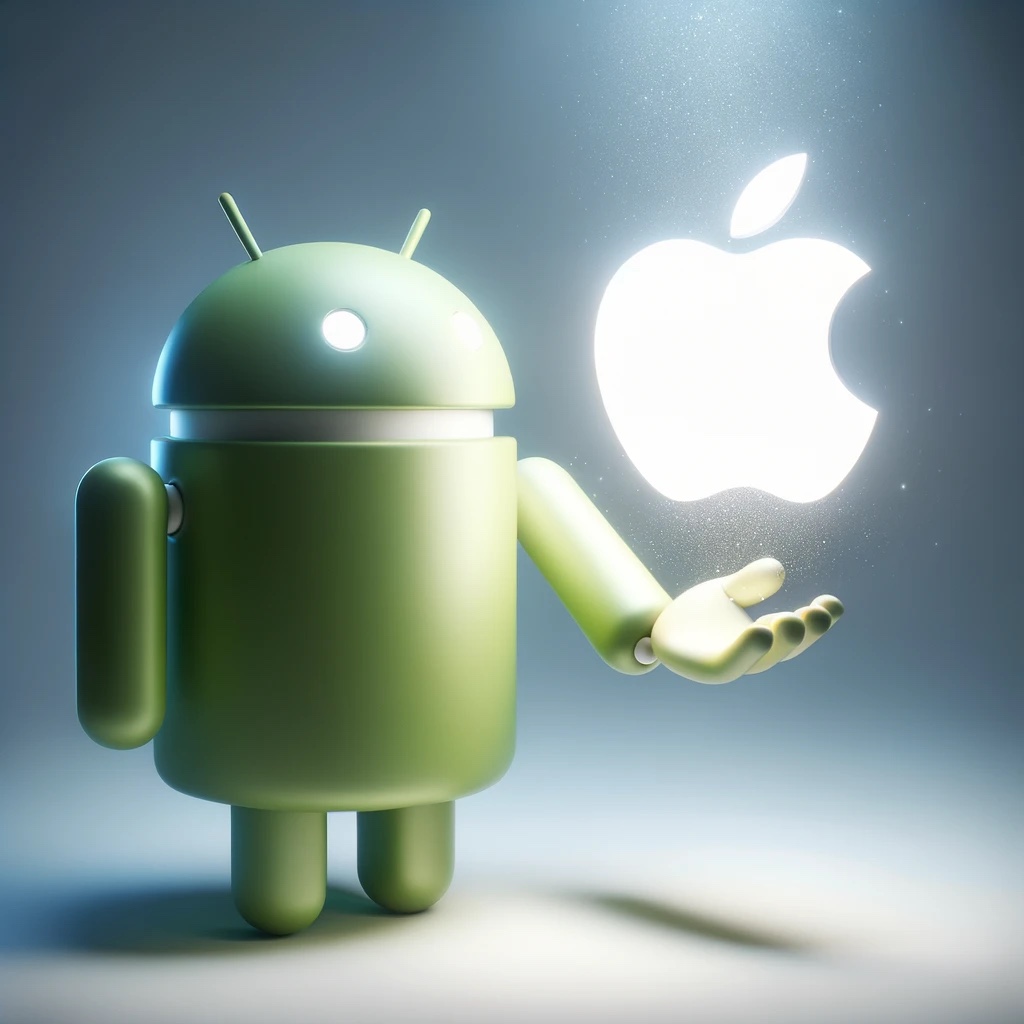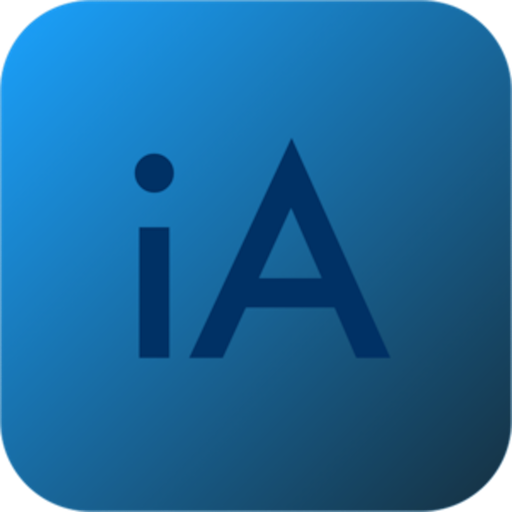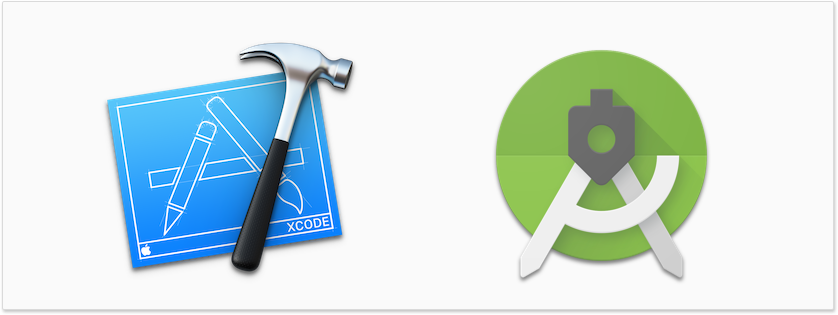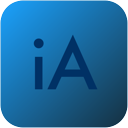Apple’s event was one of those keynotes where it felt like every product category took a big leap forward. From AirPods to Apple Watch to the iPhone lineup, Apple dropped upgrades that make me want to reach for my wallet at every turn. The problem? I honestly don’t know what to buy first because I want them all.
AirPods Pro 3: Audio Meets Fitness and Translation
Apple kicked things off with the AirPods Pro 3, and it’s safe to say these aren’t just earbuds anymore. They are edging into fitness tracker and travel companion territory.
Highlights
- Sound: Redesigned airflow system boosts bass, widens the soundstage, and makes vocals sharper.
- Noise cancellation: Active Noise Cancellation (ANC) is up to four times stronger than the first Pros. ANC uses microphones and advanced processing to block outside noise so you can focus on your music or calls.
- Translation: Live Translation powered by Apple Intelligence lets you understand and communicate across languages.
- Fit and durability: Smaller earbuds, five ear tip sizes, and IP57 sweat and water resistance.
- Fitness: Heart-rate sensing and calorie tracking directly through AirPods, with data syncing to the Fitness app.
- Battery: Up to 8 hours with ANC, 10 hours in Transparency mode.
- Price and availability: $249, available September 19.
These feel like a must-have. The ANC leap, fitness integration, and translation features make them tempting even if you already own AirPods Pro. AirPods haven’t been my friend in the past since my ears are too small, but I would like to try these. I like my AfterShokz, but I want tighter integration with the Apple ecosystem.
Apple Watch: Health, Safety, and Adventure
The stories Apple shared about the Watch saving lives were moving, but the new lineup really shows how much the device has grown beyond just fitness tracking.
Apple Watch Series 11
- Durability: New ceramic-coated Ion-X glass for double the scratch resistance.
- Connectivity: First Apple Watch with 5G cellular.
- Health: Hypertension notifications and a new sleep score feature.
- Battery: Up to 24 hours.
- Finishes: Recycled aluminum and titanium cases with refreshed Nike and Hermès bands.
- Price: Starts at $399.
I am torn here. I just got a Watch Series 10, but the hypertension feature is compelling. People on ADHD medication or anyone who needs to monitor blood pressure could find this feature especially convincing.
Apple Watch SE 3
- Always-On display available for the first time on SE.
- Gestures: Supports double-tap and wrist flick.
- Health: Temperature sensing, sleep apnea notifications, and sleep score.
- Convenience: Play media directly through the built-in speaker.
- Battery: 18 hours with new fast charging; about 8 hours of use from a 15-minute charge.
- Connectivity: Supports 5G.
- Price: Starts at $249.
Apple Watch Ultra 3
- Display: Larger, brighter, and with thinner borders.
- Connectivity: Adds satellite SOS, Messages, and Find My.
- Battery: Up to 42 hours.
- Materials: Recycled titanium with new bands.
- Price: Starts at $799.
I would love the Ultra for its satellite safety and massive battery, but it is simply too big for me.
iPhone 17 Lineup: Thin, Powerful, or Pro-Level Cameras
iPhone 17
- Display: 6.3-inch with ProMotion 120 Hz, Always-On, and 3000 nits brightness.
- Durability: Ceramic Shield 2 with three times better scratch resistance.
- Chip: A19 with faster Neural Engine for Apple Intelligence.
- Battery: Faster wired charging, up to 50% in 20 minutes.
- Cameras: 48 MP Dual Fusion main + 2× telephoto, new 48 MP Ultra Wide, and Center Stage front camera with auto-framing.
- Price: Starts at $799.
iPhone Air
- Design: Thinnest iPhone ever at 5.6 mm, titanium frame, Ceramic Shield front and back.
- Display: 6.5-inch ProMotion, Always-On, 3000 nits.
- Chips: A19 Pro, new N1 wireless chip, and C1X modem.
- Cameras: 48 MP Fusion system with enhanced telephoto and Dual Capture video (front and back).
- Battery: All-day life; with new MagSafe Battery up to 40 hours video playback.
- Price: Starts at $999.
iPhone 17 Pro / Pro Max
- Design: Forged aluminum unibody with vapor chamber cooling.
- Chip: A19 Pro with Neural Accelerators in every GPU core.
- Battery: Up to 39 hours video playback on Pro Max.
- Cameras: Three 48 MP Fusion sensors, telephoto with 4× (100 mm) and 8× (200 mm) optical-quality zoom, up to 40× digital zoom.
- Video: ProRes RAW capture and Genlock support for professional workflows.
- Price: Starts at $1099, with a 2 TB option on Pro Max.
I am torn again here. I produce video, and the features for video on the Pro models are amazing. But I also can’t stop thinking about the thinness and elegance of the iPhone Air. I am not sure what I will do yet.
Final Thoughts
This year’s Apple lineup is overwhelming in the best way. AirPods Pro 3 alone could justify an upgrade. Apple Watch Series 11 feels like the everyday health champion, while Ultra 3 is unmatched for outdoor safety. The iPhone family is split between the elegant thinness of iPhone Air and the powerhouse cameras of the iPhone 17 Pro.
My honest problem: I want all of them. I don’t actually use earbuds consistently, but these new AirPods Pro 3 make me want to give them another try, especially with the improved fit and Apple ecosystem integration. If I had to decide today, I would start with the iPhone because that is the device I rely on the most every day. From there, Series 11 is a strong contender for the health features, and I would still be torn between the thin elegance of iPhone Air and the brute force of iPhone 17 Pro.
Pre-orders open September 12, with devices shipping September 19.
Want to support my work? Subscribe to my Substack to see more content.
